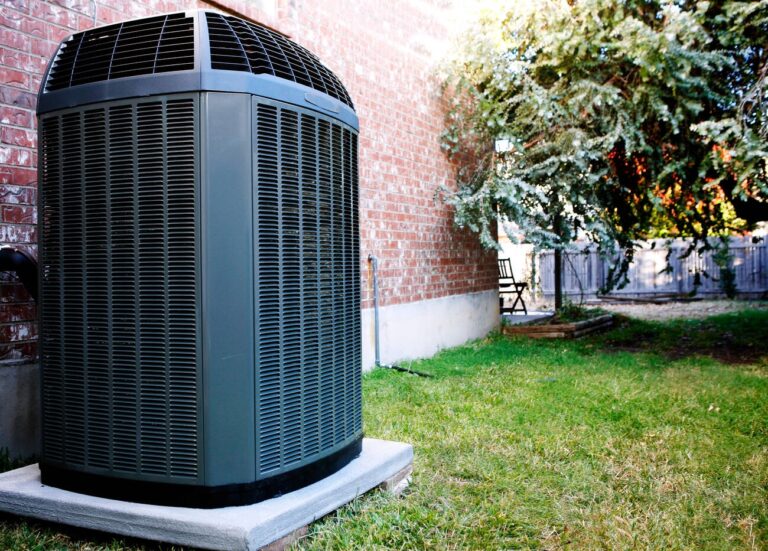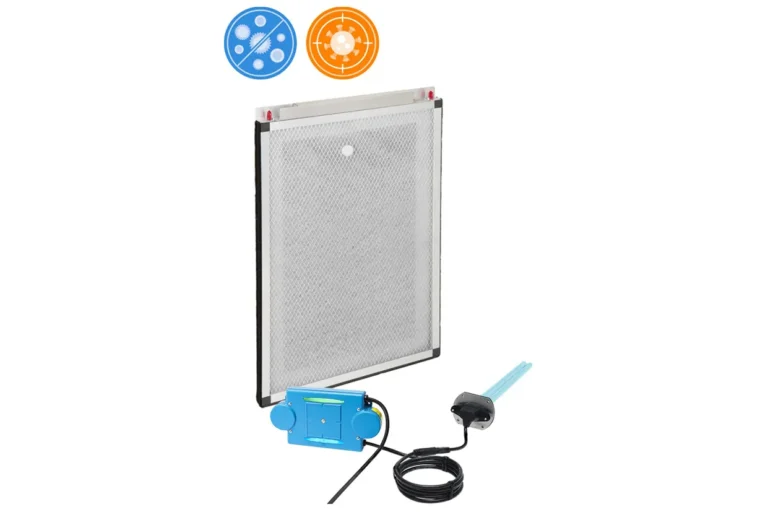A Breath of Fresh Air: Understanding Residential Air Conditioners

What is a Residential Air Conditioner?
A residential air conditioner is a cooling system designed to regulate the temperature, humidity, and air quality within a home or apartment. Unlike commercial or industrial units, residential air conditioners are tailored to meet the needs of individual households, providing comfort and relief from the elements for occupants.
Types of Residential Air Conditioners:
When it comes to residential cooling solutions, several types of air conditioners are commonly used:
- Window Air Conditioners: Perfect for cooling single rooms or small spaces, window air conditioners are affordable, easy to install, and efficient at providing immediate cooling relief.
- Split Air Conditioners: Comprising an indoor unit mounted on a wall and an outdoor unit placed outside, split air conditioners are versatile options that can cool multiple rooms efficiently.
- Central Air Conditioning Systems: Ideal for larger homes, central air conditioning systems use ducts to distribute cool air throughout the entire house, ensuring consistent and even cooling.
- Ductless Mini-Split Systems: Offering the flexibility of split systems without the need for ductwork, ductless mini-split systems are excellent choices for homes without existing ducts.
How Does a Residential Air Conditioner Work?
Residential air conditioners operate on the principles of refrigeration to cool indoor spaces. Here’s a simplified overview of how a typical residential air conditioner works:
- The refrigerant, a cooling agent with excellent heat-absorption properties, absorbs heat from indoor air and evaporates in the evaporator coil, cooling the air.
- The compressor then pressurizes the refrigerant, increasing its temperature and pressure.
- The hot, pressurized refrigerant flows to the condenser coil located outside the home, where it releases heat and condenses into a liquid state.
- The liquid refrigerant returns to the evaporator coil to absorb more heat, while the cooled air is circulated back into the rooms via the indoor unit’s fan.
Benefits of Using a Residential Air Conditioner:
- Enhanced Comfort: Residential air conditioners maintain a comfortable indoor environment, ensuring a restful and enjoyable living experience for homeowners.
- Improved Air Quality: Many residential air conditioners come equipped with filters that trap dust, allergens, and other particles, promoting better indoor air quality.
- Health and Well-being: By controlling humidity levels and filtering the air, residential air conditioners can help reduce the risk of respiratory issues and allergies for residents.
- Energy Efficiency: Modern residential air conditioners are designed to be energy-efficient, helping homeowners save on utility bills while minimizing their environmental impact.
Conclusion:
Residential air conditioners are indispensable companions in our quest for a cozy and healthy home environment. By understanding how these systems work and the different options available, homeowners can make informed decisions to ensure optimal comfort and well-being for themselves and their families.







